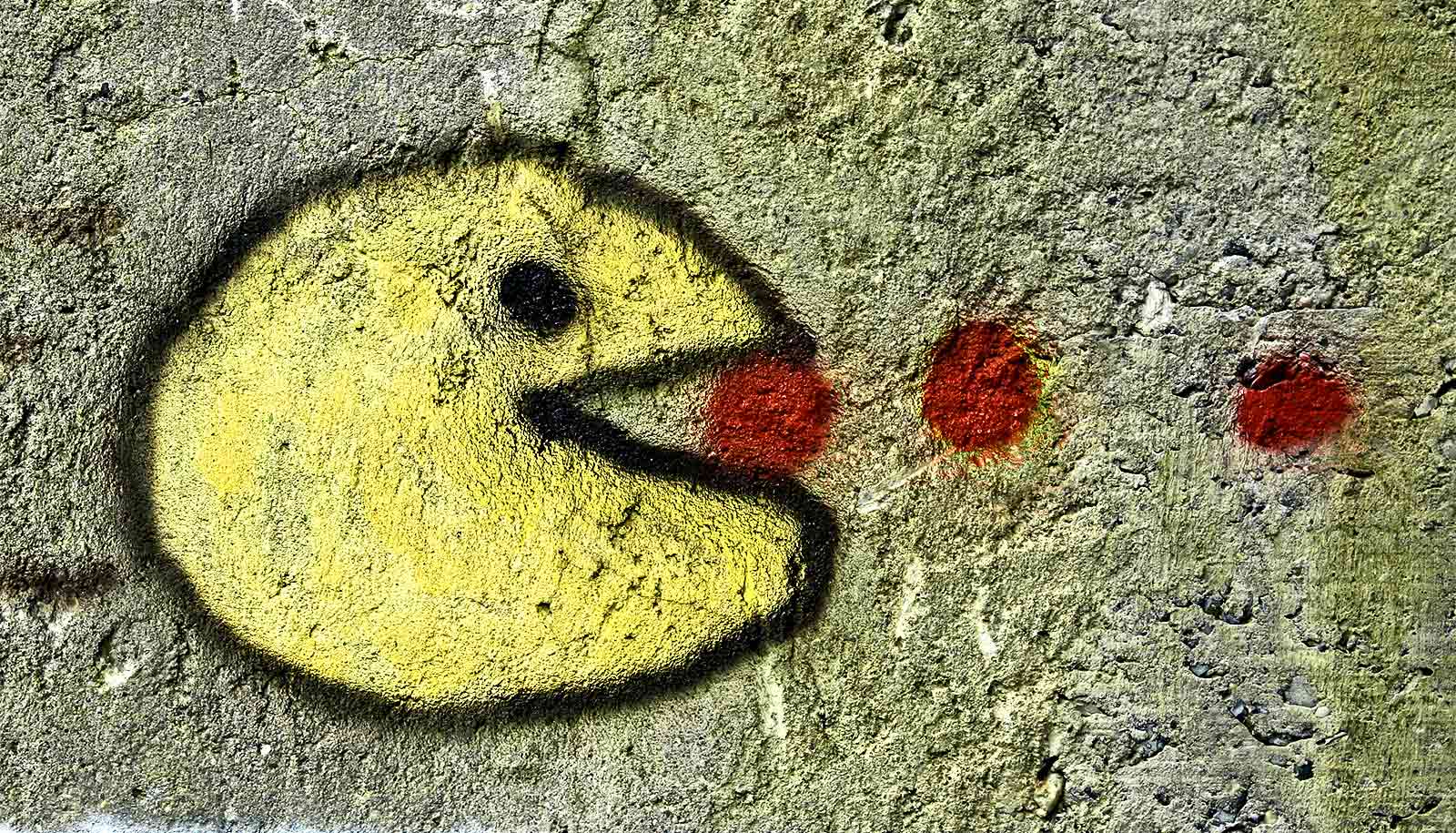A mechanism that enables cancer cells to scavenge dead cell debris for nourishment may lead to new ways to overcome drug resistance, a new study shows.
Drug resistance remains a major challenge in the fight against cancer.
“Cancer cells require a tremendous amount of nutrients,” says Aimee Edinger, professor of developmental and cell biology at the University of California, Irvine.
“Chemotherapy and other treatments that damage DNA force tumor cells to rev up their metabolism to make the repairs necessary to survive and grow. Targeting DNA metabolism in this way often works for a while, but in virtually all patients, tumor cells become resistant and the treatment becomes ineffective,” Edinger says.
In probing the problem, Edinger and researcher Vaishali Jayashankar examined a process called micropinocytosis. It enables a cancer cell desperate for nourishment to scoop up dead cell material within a tumor and feed on it.
“Tumors contain a lot of dead cells because the blood supply is abnormal, causing many cancer cells to starve to death,” Edinger says. “Using this method of scavenging, cancer cells can obtain the amino acids, sugars, fatty acids, and nucleotides they require to keep growing.”
The new research reveals that macropinocytosis makes a previously unappreciated contribution to breast cancer drug-resistance. Edinger and Jayashankar also demonstrated that the same process could thwart treatments for pancreas and prostate cancer.
“What we see is that blocking macropinocytosis can help us to treat many different cancers more effectively,” Edinger says.
“This knowledge could enable better biomarker selection in clinical drug trials currently underway, leading to improved response to pharmaceutical combinations. It also provides a strong rationale for developing drugs that target and block macropinocytosis.”
The study appears in Nature Communications. Congressionally Directed Medical Research Programs (CDMRP), the University of California Cancer Research Coordinating Committee, the Chao Family Comprehensive Cancer Center Anti-Cancer Challenge, and UCI Applied Innovation funded the work.
Source: UC Irvine

